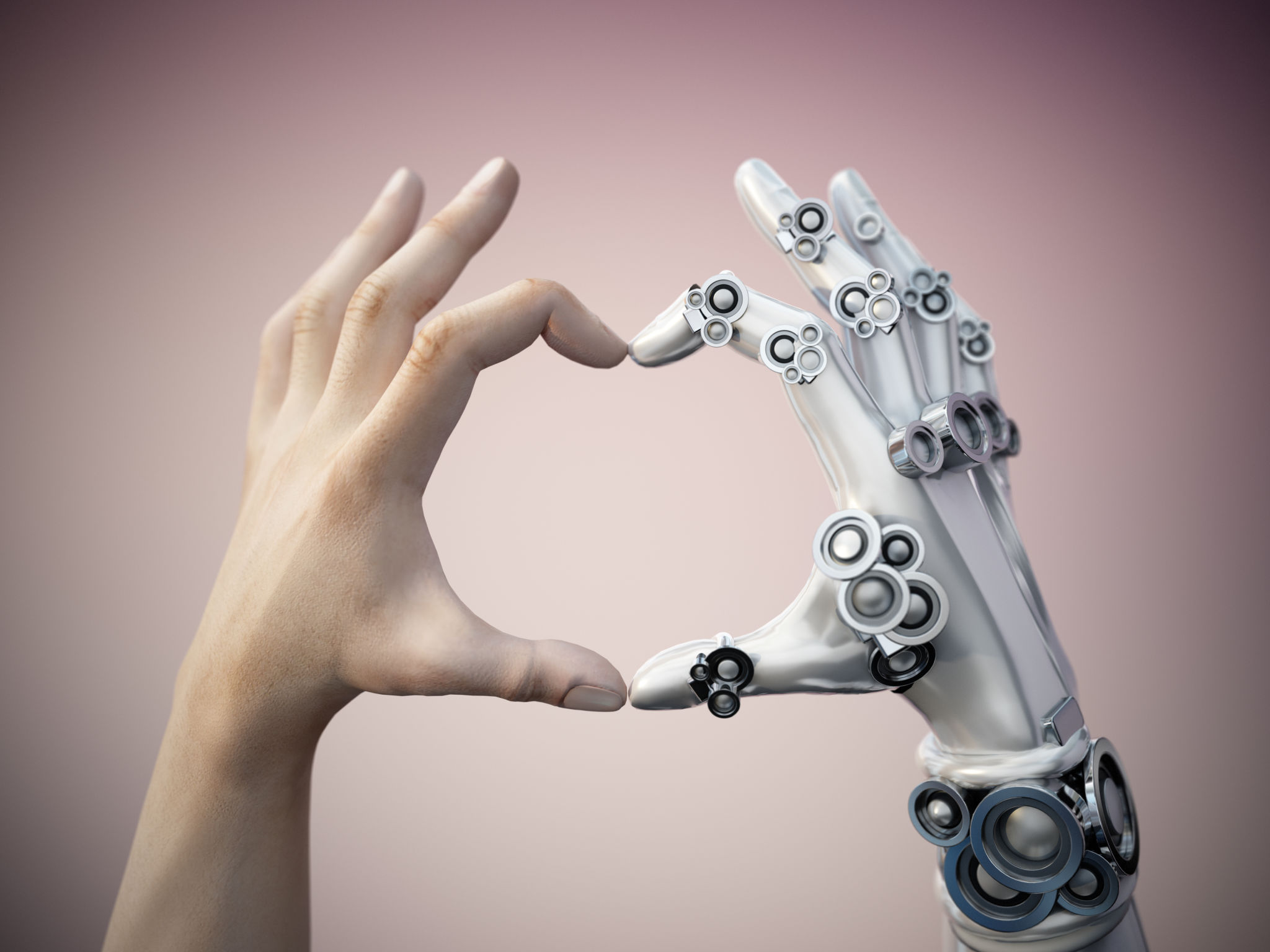How Does Robotic Process Automation Work? A Comprehensive Overview
Introduction to Robotic Process Automation
In today's rapidly evolving technological landscape, businesses are constantly seeking ways to improve efficiency and reduce operational costs. One of the most promising solutions to achieve these goals is Robotic Process Automation (RPA). But what exactly is RPA, and how does it work? This comprehensive overview will delve into the mechanics of RPA and its transformative potential for businesses.

What Is Robotic Process Automation?
Robotic Process Automation refers to the use of software robots, or "bots," to automate repetitive and rule-based tasks traditionally performed by humans. These tasks can range from data entry to complex transactions across multiple software systems. RPA technology mimics human actions, interacting with digital systems to execute processes quickly and accurately.
The Core Components of RPA
RPA is built on several key components that enable it to function effectively:
- Bot Creator: This is the design environment where bots are developed and configured. It allows users to map out the processes they wish to automate.
- Bot Runner: Once designed, bots need an environment to operate. The bot runner executes the tasks as defined in the bot creator.
- Control Room: This central management interface oversees all bot activities, providing insights, monitoring performance, and ensuring compliance.

How RPA Works
The functioning of RPA can be broken down into several steps:
- Identify Tasks: The first step is identifying tasks suitable for automation. These are typically repetitive tasks with clear rules.
- Design the Bot: Using the bot creator, users design a bot to perform the identified tasks. This involves setting up workflows and defining rules.
- Test and Deploy: Before full-scale deployment, the bot is tested to ensure it performs the task correctly. Once validated, it is deployed in the live environment.
- Monitor and Optimize: Post-deployment, bots are monitored for performance and optimized as needed for efficiency and accuracy.
The Benefits of Implementing RPA
Implementing RPA offers numerous advantages for businesses:
- Cost Efficiency: By automating routine tasks, companies can significantly reduce labor costs.
- Improved Accuracy: Bots are less prone to errors compared to human workers, ensuring higher accuracy in task execution.
- Scalability: RPA systems can be scaled up or down depending on business needs, providing flexibility and adaptability.

Challenges in RPA Implementation
While RPA offers substantial benefits, it comes with its own set of challenges. Organizations may face difficulties in identifying suitable processes, managing change within their teams, and ensuring seamless integration with existing systems. Additionally, maintaining the bots and keeping them updated with changing business processes can be resource-intensive.
Future of RPA
The future of RPA looks promising as businesses continue to digitize operations. As artificial intelligence and machine learning technologies advance, RPA is expected to become more intelligent and capable of handling increasingly complex tasks. The integration of AI with RPA could lead to hyperautomation, where businesses automate end-to-end processes across various departments.
In conclusion, Robotic Process Automation is a powerful tool that can help businesses increase efficiency, reduce costs, and improve accuracy. As technology evolves, RPA will likely play an even more critical role in shaping the future of work.
